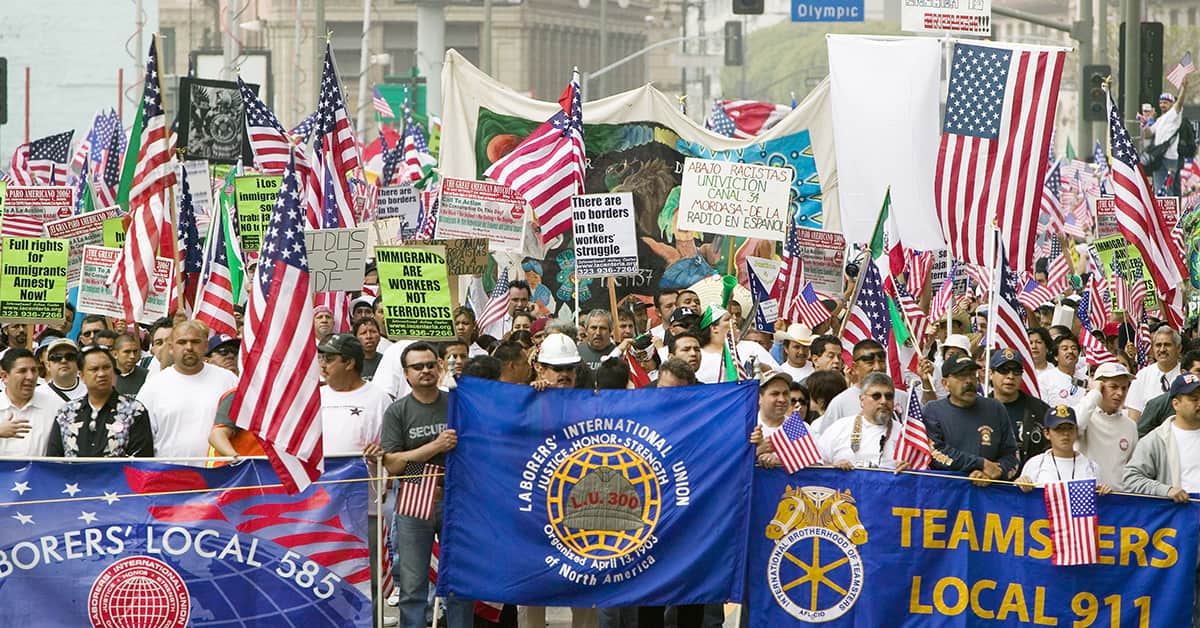Unionization efforts at Apple, Amazon and Starbucks appear to be exceptions to the rule of fewer workers in unions overall.

The recent unionization of workers at tech giants like Apple and Amazon bucks the long-term trend of declining union membership in the US.
According to figures published by the US Bureau of Labor Statistics, in 2021, union membership rates fell by 0.5% to 10.3%. In 2020, union membership actually increased to 10.8% but this figure was skewed by a disproportionately large decline in the total number of non-union workers, attributed to the impact of the Covid-19 pandemic, compared with the decline in the number of union members.
The number of unionized workers in the United States has been steadily declining since the 1950s. Private companies have the lowest percentage of unionized workers, at around 6% of the total workforce, with more than five times (40%) the number of workers in the public sector represented by unions.
This explains the relative surprise and numerous headlines about recent organizing successes at large corporations such as Amazon, Apple and Starbucks. Hundreds of company-owned Starbucks cafés have filed the paperwork to become part of a union since August last year, and more than 20 voted in favor, with only two against. In April, Apple workers in Atlanta became the first retail employees of the tech giant to join a union, the Communication Workers of America said.
This comes on the heels of a relative thin win by Amazon workers at a warehouse in New York City’s Staten Island, where they became the first group of Amazon employee to unionize. The vote was 2,654 in favor and 2,131 against. A later vote at a smaller warehouse went the other way.
But it is difficult to tell whether these incidents are outliers or an incipient trend. For sure, a record-low level of unemployment since 1969—boosted by a reduction in immigration—is giving workers more power. “Economically, it is true that individual workers have more leverage right now than in recent decades,” says Aaron Sojourner, a labor economist at the University of Minnesota. “If you look at job openings per workers seeking a job, or at the numbers of quits per people who are laid off, labor has a lot of power right now and workers are looking for ways to assert and shape their work conditions.”
The gap between high and low wages has never been wider, and this has also created political outrage. In a podcast for Econofact, Sojourner also said that in the past 60 years, public opinion has never been so favorable toward unions. “I think there are a lot of factors pushing for unionization to be more successful. We’ll see.”



